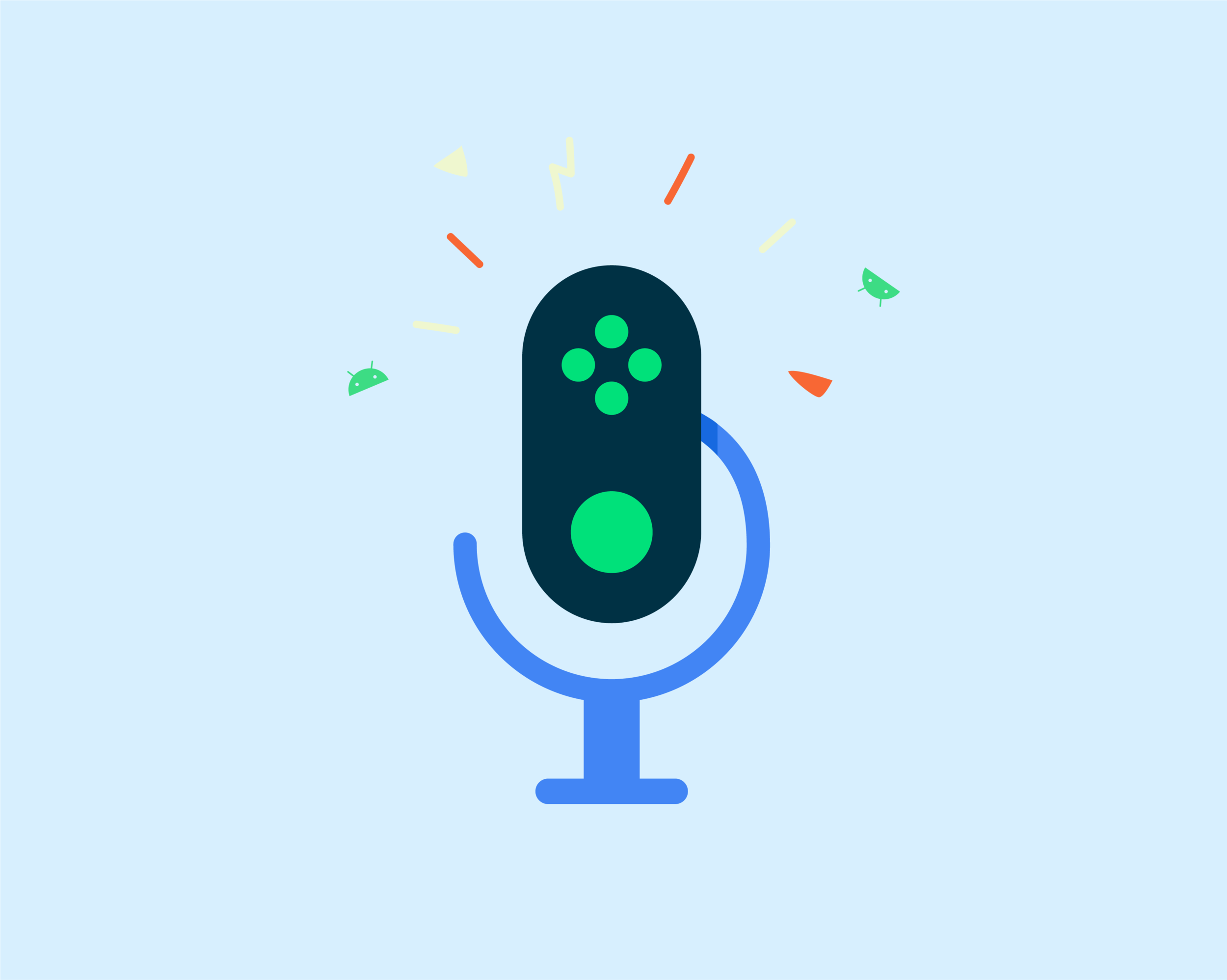Android Developers Podcast
User Research, Product design
Client: Google UK
Agency: Potato London
Year: 2019 - 2020
The Android Apps and Games Podcast was an initiative of the Google Android team in order to promote news and material related to Android development. This presentation captures the research, UX and UI designs for the Podcasts on the Android Developers platform.
Responsibilities:
User Experience research
User interviews, Workshop facilitation
User interface design
Illustrations

Desk Research
As an initial step, a desk research was conducted on different podcast services, focusing on the user flow and experience across different layouts. Findings from the research were used as starting point for team brainstorming and workshop sessions for the proposed UX and UI designs of the Android Developer Podcast.
Podcast best-in-class analysis
Key insights from research
The key insights that were identified from the best-in-class podcasts analysis lead us to specific hypotheses about what users may need in a podcast interface;
➊ text highlights
➋ filtering of options
➌ engagement via questionnaires and forms
➍ podcast categorisation by topic
➎ social media share buttons
User Surveys
Apart from the best-in class and competitor analysis, I also interviewed 15 developers to learn more about:
Favourite podcasts
What developers like / dislike in a podcast
How developers search for podcasts
Why do they want to listen to a podcast etc.
Workshops
A first, kick-off workshop was conducted, involving different disciplines (design, development and product lead) across the team. The sessions were focused on defining hypotheses that can be used later to validate and identify assumptions of our target group needs.
Assumptions and outcomes that were identified:
Business objectives
Success metrics
Technical constraints
User needs
Ways to solve user needs
Possible content / features
Purpose of each page
Proto persona
After pinpointing the main characteristics of the Podcast target group, we created as a team some rough personas to identify more easily who will be using this platform. This is an example of a proto-persona we were based so as to develop the hypotheses statements.
Marshall
Android developer
Age: 32 years old
Work experience: 10 years
Lives in: San Francisco
Motivation: speed in the process
Marshall works at startup as an app developer and uses many different resources to keep up with the latest Android news and trends. He likes reading newsletters like ‘Android Weekly’, follows Android Developers on Twitter and is open to other ways of getting informed about specific topics around Android development, or find in-depth discussions and interviews with Android engineers.
Goal: Marshall lives in a busy city and hates wasting time. One of his new year’s resolution goals is to find an audio resource so as to use the dead time commuting to the office in a more productive way.He needs a platform adaptive enough to his need for speed, inspiration and flexibility.
Hypotheses statement
The user outcomes were also defined during the hypotheses and assumptions workshops; What the users are trying to accomplish, how they feel during the process and how the Podcast will get the users closer to their goals.
More specifically I specified the tools and processes that will help to solve the problems identified. The features prioritised for the MVP were based on the timings, feasibility and tech constraints.
User flow
Navigation through the podcast and information architecture
Content Structure
After researching, reviewing and validating the assumptions from the different workshops, a page layout was structured including 3 levels of navigation.
Primary level : Home page
Secondary level : Podcast series page
Tertiary level : Episode page
Wireframes
These hi-fi wireframes were designed based on the lo-fi layout and they were also used to test the Podcast page navigation. All the Call to Actions of each page are also highlighted.
Home page
Podcast series
Episode page
Archive page
UI Design
Final user interface designs of the Podcast home page, the Series page and the Episode page, across desktop, tablet and mobile phone screens, based on the newly established Design System.
Key learnings
➊ The value of simplified navigation
We learned from research that users valued a clean and simple interface that allowed them to find content quickly without unnecessary complexity so we designed and keep the UI minimalistic and focused on clear, intuitive navigation paths.
➋ Engaging content formats
We managed to diversify content formats in the UI, so as to cater to different user interests and learning styles ✨ We actually saw from Beta release that diverse content formats such as interviews, tutorials, and webinars indeed kept the audience engaged; Listeners found it easier to discover new and relevant content, leading to a significant increase in the number of episodes played per user in the few following months after the release.
➌ CTAs discoverability
Users ignoring Call to Actions has been a known pain point across DAC, especially before the release of the new redesign. By redesigning and then adding bold and prominent Subscription segments throughout the pages, we managed to highlight and give prominence to the CTAs, which led to a 30% increase of new subscribers in the next 6 months.






















